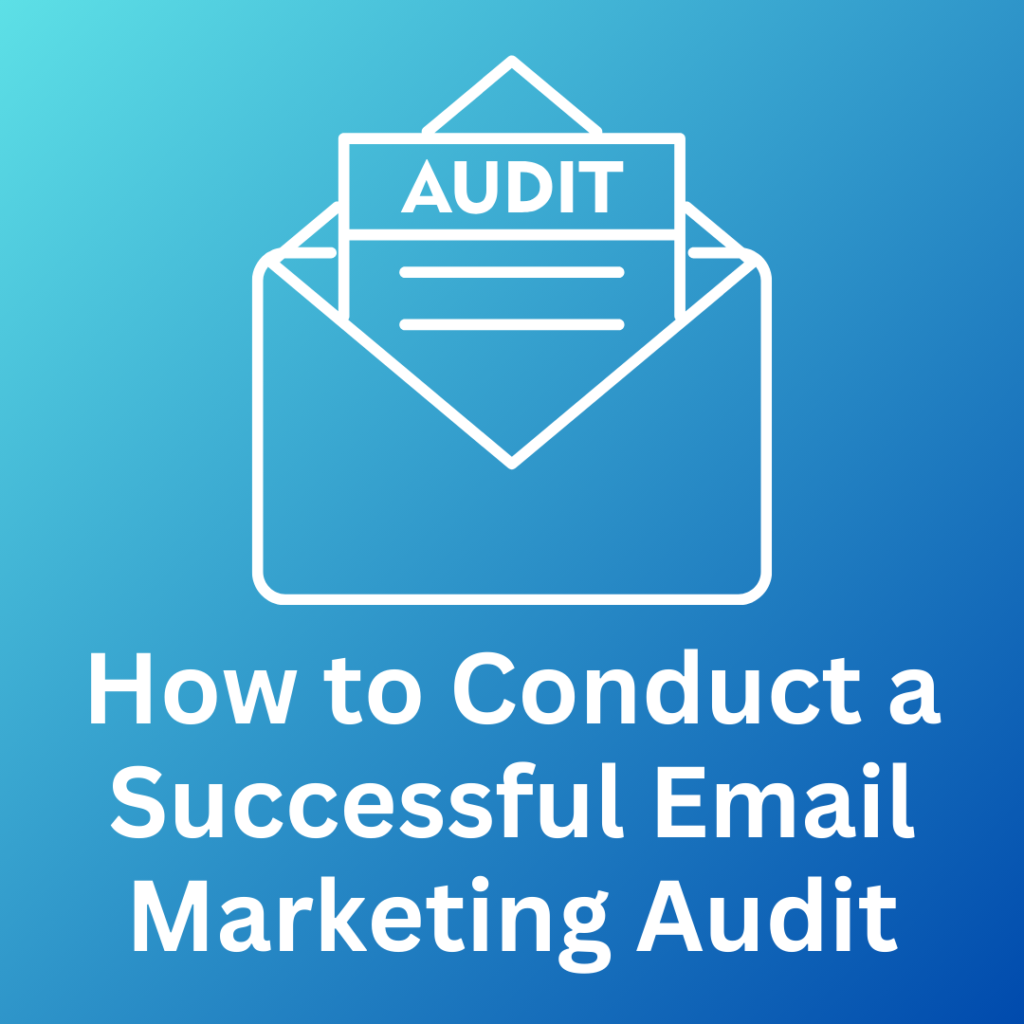Email marketing is a powerful tool. It helps businesses reach their audience. But, to be effective, you need to review your strategy. This is called an email marketing audit. In this guide, we will show you how to do it.

Credit: unlayer.com
What is an Email Marketing Audit?
An email marketing audit is a review. It checks the performance of your email campaigns. This process helps you find what works and what does not. You can then make improvements. It is like a health check-up for your email marketing.
Why Do You Need an Email Marketing Audit?
Regular audits are important. They help you stay on track. You can see what needs fixing. Here are some reasons why you need an audit:
- Improve email performance.
- Find and fix problems.
- Understand your audience better.
- Increase return on investment (ROI).
Steps to Conduct a Successful Email Marketing Audit
Follow these steps to perform a successful email marketing audit:
1. Review Your Goals
First, look at your goals. What do you want to achieve with your emails? Some common goals are:
- Increase sales.
- Grow your subscriber list.
- Boost engagement.
- Drive website traffic.
Make sure your goals are clear. This will guide your audit process.
2. Analyze Your Email List
Next, check your email list. Is it up-to-date? Are there inactive subscribers? Clean your list by removing inactive addresses. This will improve your email performance.
3. Evaluate Your Email Content
Look at the content of your emails. Is it engaging? Does it match your brand voice? Check these elements:
- Subject lines.
- Body text.
- Images.
- Call-to-actions (CTAs).
Make sure your content is clear and interesting.
4. Check Your Email Design
Design is important. It affects how people read your emails. Review these design elements:
- Layout.
- Color scheme.
- Font style.
- Mobile responsiveness.
Ensure your design is user-friendly.
5. Analyze Your Email Metrics
Metrics help you measure success. Look at these key metrics:
- Open rates.
- Click-through rates (CTR).
- Bounce rates.
- Conversion rates.
- Unsubscribe rates.
Compare your metrics with industry benchmarks. This will help you understand your performance.
6. Review Your Email Frequency
How often do you send emails? Too many emails can annoy your subscribers. Too few can make them forget you. Find a balance. Test different frequencies to see what works best.
7. Test Your Emails
Testing is key. It helps you find what works best. Use A/B testing to try different elements. Test subject lines, content, and design. Use the results to improve your emails.
8. Check Your Email Deliverability
Deliverability is important. It ensures your emails reach the inbox. Check your sender reputation. Avoid spam triggers. Use authentication methods like SPF and DKIM. This will improve your deliverability.
9. Get Feedback
Ask for feedback. Your subscribers can tell you what they like and dislike. Use surveys or direct questions. This will help you improve your emails.
10. Create An Action Plan
Now, create an action plan. List the changes you need to make. Set a timeline for each task. Monitor your progress. Make adjustments as needed.

Credit: www.linkedin.com
Frequently Asked Questions
What Is An Email Marketing Audit?
An email marketing audit is a review of your email campaigns. It checks their effectiveness.
Why Conduct An Email Marketing Audit?
It helps identify issues and improve email performance. It boosts engagement and ROI.
How Often Should I Audit My Email Marketing?
Quarterly audits are recommended. It ensures your strategy remains effective and updated.
What Are Key Metrics In An Email Audit?
Open rates, click-through rates, bounce rates, and conversions are crucial metrics to analyze.
Conclusion
An email marketing audit is essential. It helps you improve your strategy. Follow the steps in this guide. Review your goals, content, design, and metrics. Test your emails and get feedback. Create an action plan. This will help you conduct a successful email marketing audit.
Summary
| Step | Action |
|---|---|
| 1 | Review Your Goals |
| 2 | Analyze Your Email List |
| 3 | Evaluate Your Email Content |
| 4 | Check Your Email Design |
| 5 | Analyze Your Email Metrics |
| 6 | Review Your Email Frequency |
| 7 | Test Your Emails |
| 8 | Check Your Email Deliverability |
| 9 | Get Feedback |
| 10 | Create an Action Plan |

